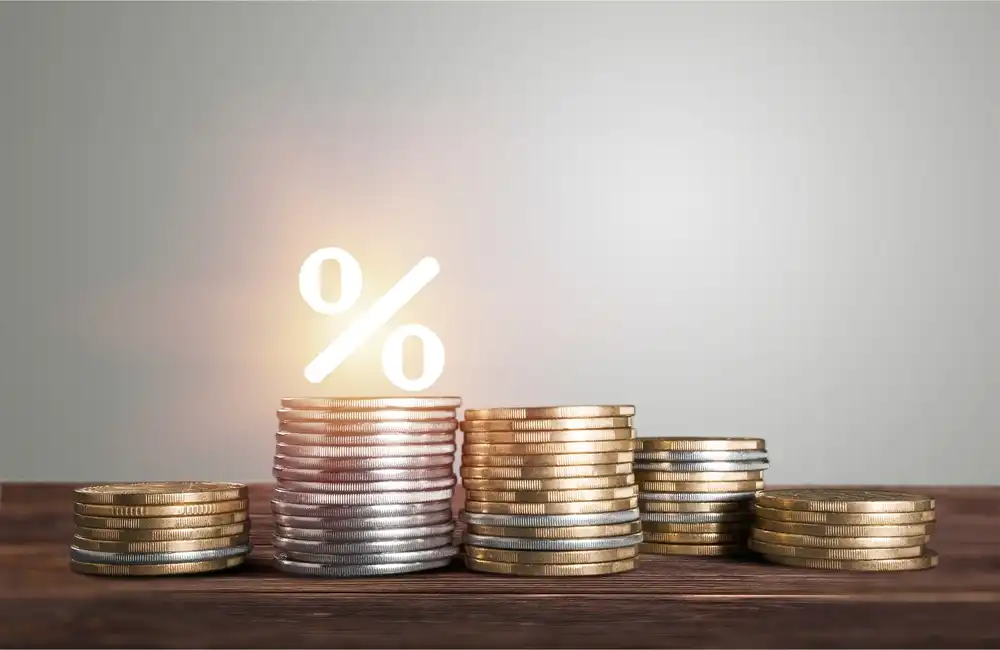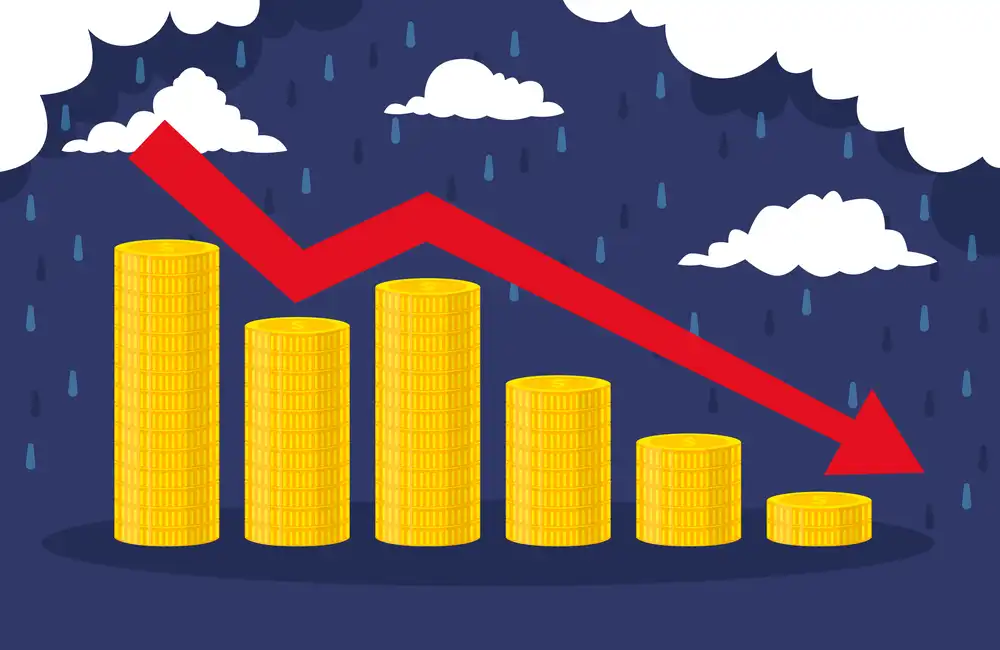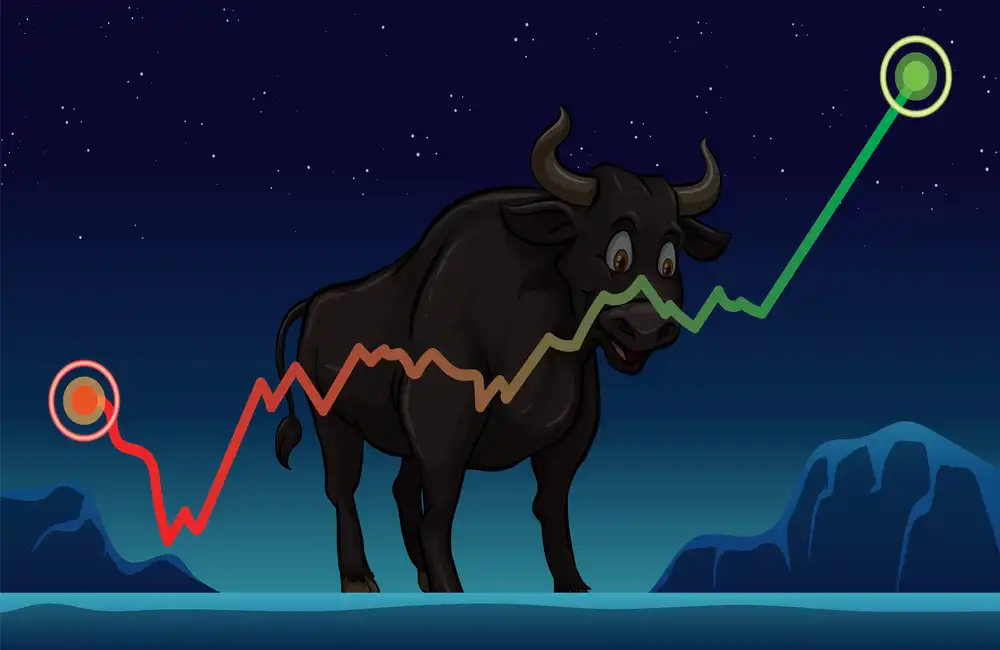HSBC has updated its Brent crude oil price predictions for 2025 and 2026 downward because of slower demand growth than anticipated and stronger global oil supply dynamics.
The bank updated its projections after reassessing key market dynamics, including a slow economic recovery in major economies like China, combined with higher output from non-OPEC+ countries.
The energy markets face significant challenges due to persistent geopolitical tensions and transformations in the global energy landscape.
Revised Forecasts
HSBC lowered its Brent crude price forecast for 2025 to $75 per barrel, down from $80.
The 2026 projection was cut to $70, a drop from $78, reflecting macroeconomic uncertainty and supply-chain shifts.
The bank expects short-term volatility but sees structural price pressures from efficiency gains and diversified energy sources.
Supply-Demand Analysis
OPEC+ production cuts by Saudi Arabia and Russia provided temporary stability.
Meanwhile, US non-OPEC producers ramped up output to capture market share.
HSBC noted China’s demand recovery remains weak, hampered by lacklustre industrial activity and rising renewables adoption.
Market Response
Brent futures tumbled 1.5% to around $86 on the announcement day.
The FTSE 350 Oil & Gas Index fell 0.8% as energy stocks weakened.
Investors grew cautious about upstream project margins amid lower price forecasts.
Expert Commentary
John Peterson
The senior oil strategist said HSBC’s cuts reflect expectations that the high-price era may end as the energy transition accelerates.
Lauren Mallory
The commodities economist added that falling demand growth and a strong US dollar will likely keep prices in check.
Impact on UK Energy Firms
BP and Shell face margin pressure as lower crude prices squeeze upstream earnings.
Dividend and buyback plans may be delayed due to reduced profitability.
Investments in renewables could offset some losses in oil operations.
Outlook
HSBC’s cautious forecasts could change with new macroeconomic data and geopolitical events.
Short-term price spikes remain possible from unforeseen disruptions.
Energy stakeholders must stay adaptive amid a shift towards renewables and persistent uncertainty.





















